The Christ Church Stories: Part One, Episode 1 — A Hope and a Future
How a deep hunger for the Gospel—and an unexpected call—led us to plant Christ Church.
Introduction to The Christ Church Stories
Dear Friends and Readers,
I am honored to present The Christ Church Stories to celebrate its 40th Anniversary. There is a lot to tell about the people, the development of the campus, the program and mission, the losses, the challenges, the never-ending capital campaigns, and the faithfulness of God.
Only a few events came to mind when I first began writing these episodes. But after the first story was outlined, a second came to me. Then a third. A fourth. There is a lot to tell. I know I have to draw the line somewhere and stop telling these true stories of the wonderful years Fran and I and our family experienced, but I haven’t so far.
So buckle up!
What You Can Do
I hope these stories will encourage the current congregation, to be sure. But I hope they will also encourage all churches in the Anglican Church in North America. And further, I hope these stories will get out to members of other congregations around the world and will help people see the marvelous grace of God and find hope and courage.
Will you do these three things before we get started?
Will you become a Paid or Free Subscriber? Go here, sign up, and settle up. I won’t have to put up those annoying blue buttons like this one:
Engage the stories by sharing your thoughts, comments, or experiences. Use buttons like this or comment at the end of the articles.
Share these stories with others. Christ Church is a great place; from what I can tell, this series has had high interest. Use this button.
The Stories
The stories are generally chronologically ordered. I’ll do my best to connect the dots and give you a sense of what made Christ Church such a remarkable congregation.
Speaking of that, let me say it plainly: Christ Church was—and is—a stand-out church. By God’s grace, it became one of the fastest-growing and most-attended congregations in the Episcopal Church, and later in the Anglican Church in North America.
The energy and generosity of the congregation were overwhelming. We built partnerships in Peru and responded to disasters in New Orleans, Haiti, and beyond. We planted six congregations and funded the launch of three more. We called outstanding staff to work in the harvest fields with us. We sent numerous men and women to seminary and the mission field. We held dozens of conferences, summits, and leaders’ meetings. We helped kickstart the Anglican1000 church planting movement and the Matthew25 outreach of the ACNA. We hosted the historic A Place to Stand Conference and the Installation of the first Archbishop of the ACNA—one of the most unforgettable nights of my life.
Over my 31 years, we built one of the most beautiful Anglican campuses imaginable—130,000 square feet on the Texas prairie—and, by God’s provision, we paid off all debts and secured the title for our generation and generations yet unborn.
Today, by God’s grace, Christ Church continues to thrive under the leadership of Bishop Paul Donison. (He has agreed to share a few stories from the last nine years!) It gives me deep joy to know that the mission presses forward into a glorious future. I watch from a distance, but my heart is filled with thanksgiving.
If you take away one thing from the stories I will share, let it be this: it was God who built Christ Church.
God provided the leaders.
God provided the energy, the focus, the mission, and the momentum.
God moved through ordinary people—people like me, and people like you.
It is my heartfelt conviction that whatever was accomplished at Christ Church was achieved by God’s Spirit through the obedience and trust of His people. I want to express this plainly and clearly and give all glory to Him. If you were at Christ Church in its early years or are part of the church today, you know the truth: the only thing God seemed to need from us was our availability.
I am deeply grateful that you would take the time to read these stories. They are not strolls down “Memory Lane.” They are testimonies to the living power of God working through imperfect people.
Glory to God, whose power, working in us, can do infinitely more than we can ask or imagine. Glory to Him from generation to generation in the Church and in Christ Jesus our Lord. —Ephesians 3:20,21
Grace and peace,
David Roseberry ☩
The Anglican
The Christ Church Stories - Part One, Episode 1 — A Hope and a Future
The story of Christ Church did not begin with a master plan. It began with hunger, hope, and a deeper encounter with the Gospel than I ever expected.
We moved to Texas—not because of some grand vision or master plan, but because of an embarrassing and unsettling, spirit-deep realization: I didn’t know how to bring people to Christ. I didn’t know how to help someone become a Christian.
In 1982, I graduated from seminary, equipped with a degree and theological constructs and theories, but oddly untrained in what mattered most: the Gospel itself. My education had been shaped by a very progressive seminary steeped in liberation theology and politics.
I was all dressed up, as they say—with a black shirt, white clergy collar, and a heady assessment of my abilities—but no place to go. In my first 18 months of parish ministry, I hit a wall. A painful one. The kind you don’t forget.
I was ready to quit the ministry and return to selling real estate.
By God’s grace, as I see it now, a quiet evening in March of 1985 became a turning point in my life. Fran and I were with Bishop Alden Hathaway and his wife, Anna. We shared a simple meal and conversation. What transpired that evening is a story for another day—but it shook something loose in me.
The Power of the Gospel
I came away from that evening with a sobering realization: I had missed something vital in my seminary education. I didn’t know how to preach the Good News as truly good news. I didn’t know how to lead someone to faith in Christ. And most humbling of all, I realized I didn’t really understand or trust the Gospel’s power.
Looking back, I see that I had held a rather exalted view of my interpretive gifts. I thought I could explain the Gospel better than the Gospel could.
But in that moment of awakening, I came to understand that the Gospel does not need to be massaged or “schmoozed” into the human heart. It carries its own power. That truth dismantled my carefully constructed vision of what I could offer the Church. And yet, in its place, a better foundation began to take shape.
Then I saw the listing on a job board in the Episcopal Church.
An Associate Rector position had opened in Richardson—“for Evangelism,” it said. That was all I needed. I took it as an invitation to start over, to become the kind of minister who could actually introduce people to Jesus. Fran was ever supportive and we accepted the position to be an Associate for Evangelism! We packed up.
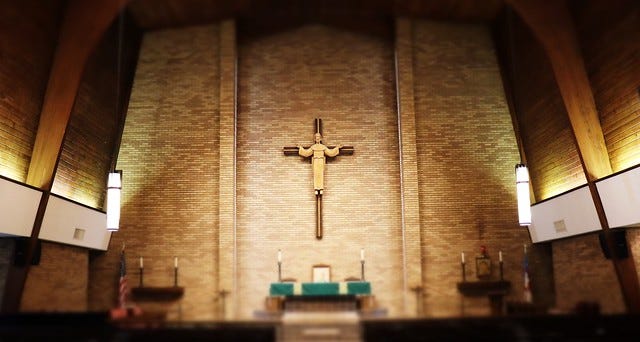
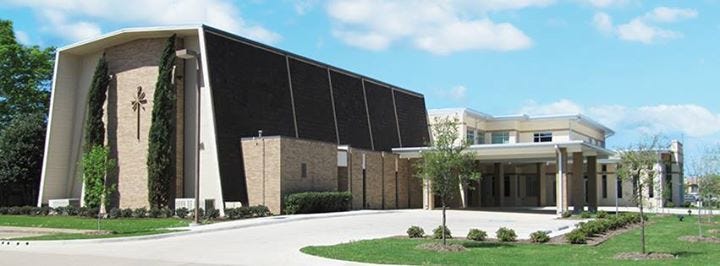
Fran and I left Tucson for Texas. We joined Church of the Epiphany in Richardson, and I had barely unpacked my books when the rector was removed from ministry after an inappropriate relationship. Just six weeks in, I found myself appointed Interim Rector—at age 29. The congregation was huge (at least to me), with somewhere between 300 and 400 people on Sundays. And I was the only priest on staff.
It should have been terrifying. But I loved it.
Interim Rector
I loved being the Interim Rector at Church of the Epiphany. As the solo priest on staff, I had great authority. But I also knew I had almost zero responsibility. If what I wanted to do didn’t work out—well, heck, I was just an Interim.
But they did work out. Big time!
I decided to use those months for one thing: to preach the Gospel as if it were true.
I had come to the conclusion that the Gospel had full power in itself and would not need clever spinning or progressive commentary to find its way into the human heart. I stood before that wonderful church at age 29 and opened up the pages of the Bible as if they had something to say—to the people, and also to me.
Week by week, it seemed the Word of God came alive for that congregation—and for me. It felt like a mini-renewal, even amid the leadership transition.
And I think I was the first convert under my preaching. I felt that I had been lost in the wilderness of progressive theology and timid Christianity. I needed a map. But God gave me a Compass. Over time, I learned to chart a better path.
Church of the Epiphany began growing, oddly enough. Some even wanted us to stay permanently. But the Bishop of the Episcopal Diocese of Dallas, Donis Patterson, said no. Assistants and interims don’t become rectors, he told me. It was a rule. But then he offered a curious consolation prize.
“I think you should move to Plano,” he said, almost in passing, “and start a church. Think small groups.”
And that was that.
A Quick Move
With that one sentence, I had a commission—an assignment. We packed up—Fran, myself, our children Jed and Taye—and headed a few miles north to Plano. Fran was pregnant with Daniel at the time. It was the summer of 1985. We had no building, no budget, no blueprint. Just a heart full of the conviction that God’s Word would not return void, and a desire to see people transformed by the power of the Gospel.
I started knocking on doors. I placed an ad in the Plano Star Courier, the local daily. I cold-called strangers and introduced myself to pastors across town. One of the Roman Catholic priests—God bless him—handed me a list of Protestant families new to the area he had purchased from the Chamber of Commerce. “Here,” he said, “they’ll never come to a Catholic church anyway.”
By the end of that summer, I had made more than 200 house calls. We hosted Sunday evening gatherings. We met in homes around town. We prayed. We dreamed. I asked for testimonies, and we heard some incredible stories.
Slowly, a community began to take shape. Sixty, then seventy people came regularly on Sunday nights.
A Bold Prayer
One evening, I did something both silly and bold.
With everyone gathered, I asked them to close their eyes and bow their heads. I told them I was going to pray out loud and then start counting by 25s. I was looking for a number we could imagine might come to our new church once we opened for public services on Sunday—two months away. I would start saying numbers, and when someone felt they’d heard the number God was giving us for our opening Sunday morning service, they would raise their hands. Quietly. No peeking. Except for me. I would keep watch.
“Fifty… seventy-five… one hundred…” A few hands here and there.
“One twenty-five… one fifty…” More hands.
At two hundred, most were raised.
“Two twenty-five… two fifty…” And at that number, every hand went up. Mine too.
It was audacious—and more than a little embarrassing in hindsight. But it was also a moment of faith.
On August 4, 1985, we held our first Sunday morning worship service at Carpenter Middle School in Plano. We had 242 people in attendance. I asked the ushers to count everyone. And because Fran was pregnant with Daniel, she was counted twice.
The next week, our attendance fell to 180. Then 140 the next week—still counting Fran twice, of course. And that’s where we began. That was our base. That was Christ Church.
St. Carpenter’s
We would go on to meet at Carpenter Middle School—lovingly nicknamed “St. Carpenter’s”—for the early years of our life together. We sang, we prayed, we opened the Word, and we followed the Book of Common Prayer. We believed God could build something enduring if we laid a foundation on truth, worship, lay ministry, and—yes—small groups.
Looking back now, I can say this: it wasn’t a strategy that started Christ Church. It was hunger—mine, at least. As the church grew and took shape, I saw that many people had a similar hunger. The truth of the Gospel can be surprisingly satisfying, even with its demands on us, and people were hungry for it.
They were hungry for friendship and fellowship. Plano was the consummate suburb of Dallas. Nobody was from Plano. They moved here to take jobs and raise families, and in our community there was no place to meet people other than schools and churches.
That’s how we began. And it seemed God was with us.
⸻
Next time on The Christ Church Stories: The First Service: Church Growth the Old-Fashioned Way
In these early days, we discovered that real growth is rarely flashy — but always fruitful.
The Anglican is the Substack newsletter for LeaderWorks, where I share insights, encouragement, and practical tools for clergy and lay Christians. I’m also an author of over a dozen books available on Amazon.
If you are a Paid Subscriber, thank you! Thank you for supporting The Anglican and the ministry of LeaderWorks. If you are not a subscriber, please consider becoming one today.
⸻⸻
If you think you will enjoy these candid, honest stories from the formative years of Christ Church, please be sure to do three thing:
Comment on the story. I’d love to have your thoughts.
Be sure you are a Paid Subscriber. There will be content just for you.
Share this story with others.
Grace and Peace,





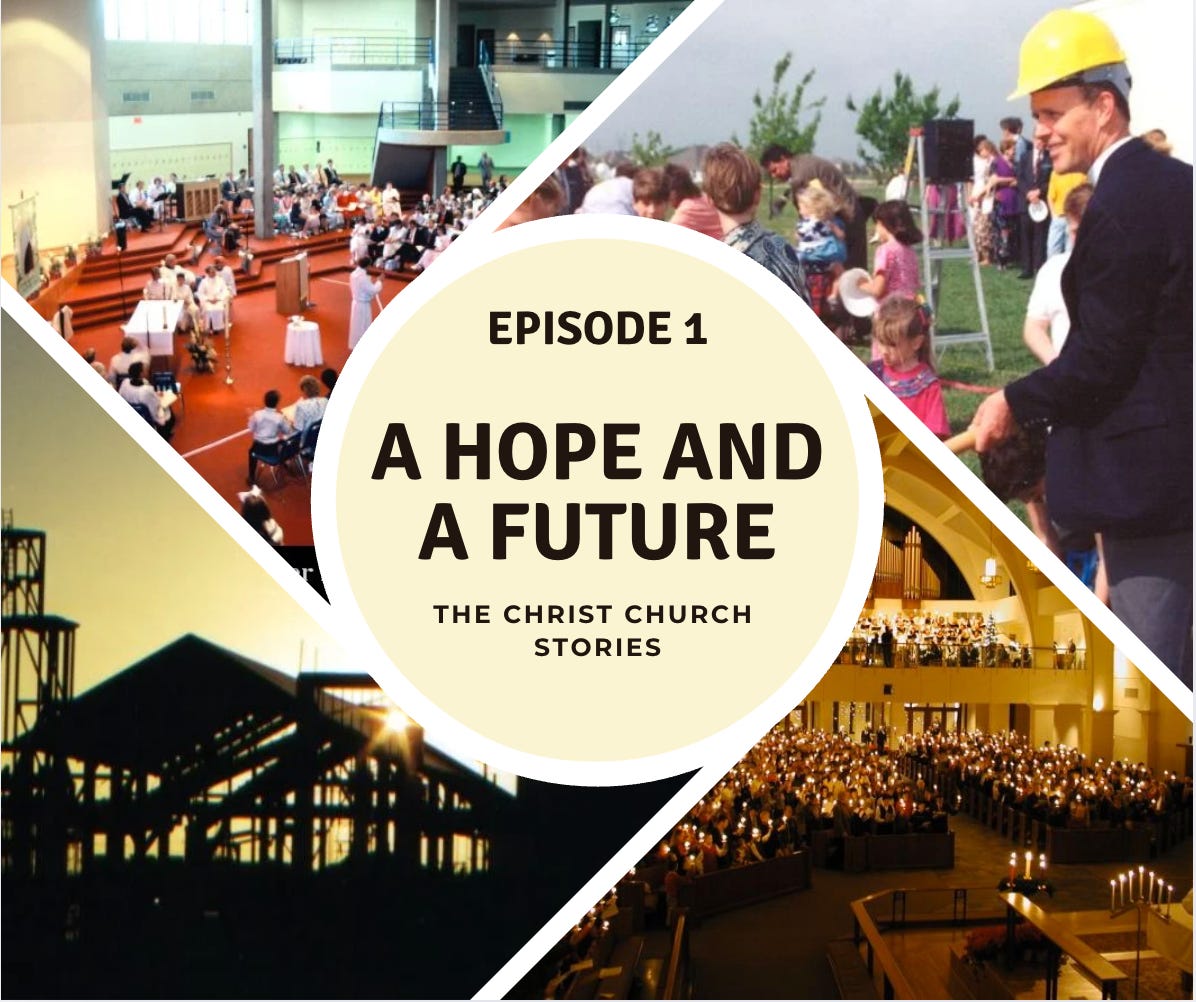

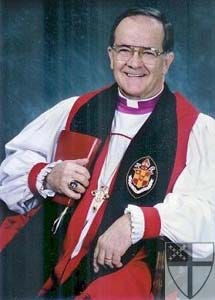
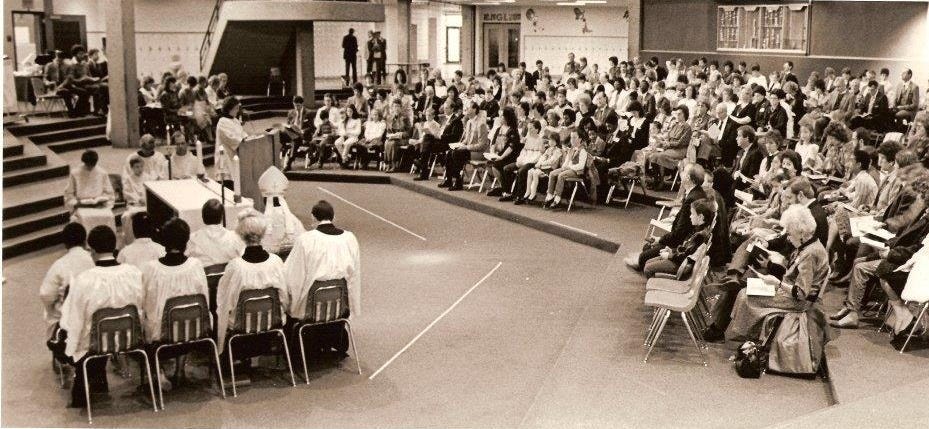

Wow! Jim and I moved to Plano in January 1990….only a few years after the church’s beginning. Christ Church was already a vibrant congregation of believers. My earliest memory was the distinct feeling of the Holy Spirit being present. We never considered leaving and our spiritual growth began.
Randy and I were attending The Church of the Resurrection at that time. Father Ted suggested to us a mission church was starting in Plano and we should go help. Best decision we ever made. Even though Randy is gone and I have moved away my heart remains there at Christ Church.